 Epirot Ludvik
Epirot Ludvik
Ludvik+Partners, Epirot Ludvik Nekaj
In advertising, innovation and creative risk are key to producing distinctive results. This likely comes as no surprise, I’m sure. Clients approach agencies expecting that their unique blend of consumer insight and creative inspiration will breathe continued life into an ongoing discourse with the consumer. Creativity remains the element that outpaces our ability to cognitively adapt and filter information. So, in an industry whose product is as much creativity itself as it is the campaign deliverables, how does creativity not become rote? What initially inspired and continues to inspire those within the advertising community in their creative pursuits?
I had the chance to ask exactly these questions in an interview with the founding partner of Ludvik+Partners, Epirot Ludvik Nekaj. In this, the first of a two-part reflection on this interview, I hope to shed light on how Epirot came to recognize his creativity. I’ll also share how he shaped his creative beginnings into a career in advertising and on what habits he depends in order to remain creatively exhilarated.
Ludvik+Partners is itself an innovative agency from the ground up. With entrepreneurial zeal (a frequent characteristic of creatives), Epirot made sure to distinguish L+P from the rest of the agency world by leveraging a crowd-sourced business model. So where did this creative drive come from? Epirot recalls that as a child, creativity was not simply a hobby, but a memorable and motivating force. He credits his musical upbringing and classical cello training for helping to “inform him on different levels.” He feels that there is an underlying creativity that people can identify as children but maintains that ultimately those early passions can develop into any number of different forms.
In light of these musical beginnings, I asked Epirot how he ended up pursuing a career in advertising. His answer: “Where do you feel you can go work for 24 hours and not really feel tired?” I thought for a moment, but was delighted when he followed up his question by revealing, “That’s what I found when I first started working in marketing and advertising. It all changed. It changed for me because it’s an industry that’s always evolving, always changing and there are always new developments. So it’s never boring!”
So, is a certain unease a requisite feature of those who are particularly creative? It appears that might be exactly the case. As the creative mind thirsts for new perspectives and influences, Epirot contends that advertising offers a constantly evolving landscape that moves with the same velocity as he does. So in light of this, I had to ask how he manages to keep himself creatively lithe in this ever-changing landscape. He cites two key sources of inspiration that serve him well: one’s surroundings and the skill of listening. These surfaced thematically in my conversation with Epirot, and they appear pivotal not just in personal inspiration but also as tenets for leading a creative organization. The remarkable common thread here is that these are tied to a unifying skill of observation. “Inspiration…is your surroundings and who you’re surrounded with,” he mentioned. “As you walk on the streets of New York or by the Hudson River, all of that is [what constitutes] being aware of your surroundings. That is where your creativity can be inspired.”
How does listening fit into the picture then? When I prompted Epirot with the question, “Do you have consistent people or sources that you depend on?” He responded by saying that he is in contact with numerous partners and clients, all of whom help to inform his creativity. “To grow and to start something is to listen to people and what they have to say…listening is key to everything.” Now, I’m sure we’ve all heard about the importance of listening before, but how well do we actually practice it? Do we come to the table with some conclusions already made? Have we prescribed the medication before even hearing the patient’s account of the symptoms?
Epirot made it very clear though that to use creativity to deliver real value, you have to be confident that you’ve spent all the time necessary hearing your client’s needs. Listening is of special importance in Ludvik+Partners’ agency model. With partners working sometimes thousands of miles away, it is critical that all working on the project know, “What are you looking for? What’s the ultimate goal?” The skill of listening, whether to creative inspiration, clients or colleagues is no different than the skill required to play the cello. It requires practice. And though clichéd, practice does make perfect. Take it from someone who’s passion has not only led him to advertising, but also to ask more of the profession by following his entrepreneurial spirit to lead an innovative agency.
Part 2 of the conversation promises to touch on specific tools and innovation in the changing advertising market. How has Epirot positioned Ludvik+Partners on focal areas of the market? What projects are the agency excited about pursuing? Stay tuned!
SPECIAL ANNOUNCEMENT!
Meet #MarketerMonday Greats on #MMchat ! Blue Focus Marketing will be Live Tweetchat guests on Monday, Aug 23rd at 8:00 PM EST. Join Us! http://bit.ly/MMchat #MM Hosted by: @TheSocialCMO http://bit.ly/925cIT
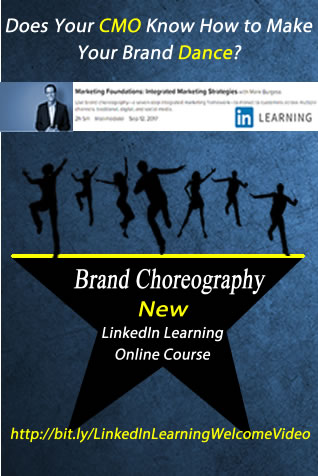
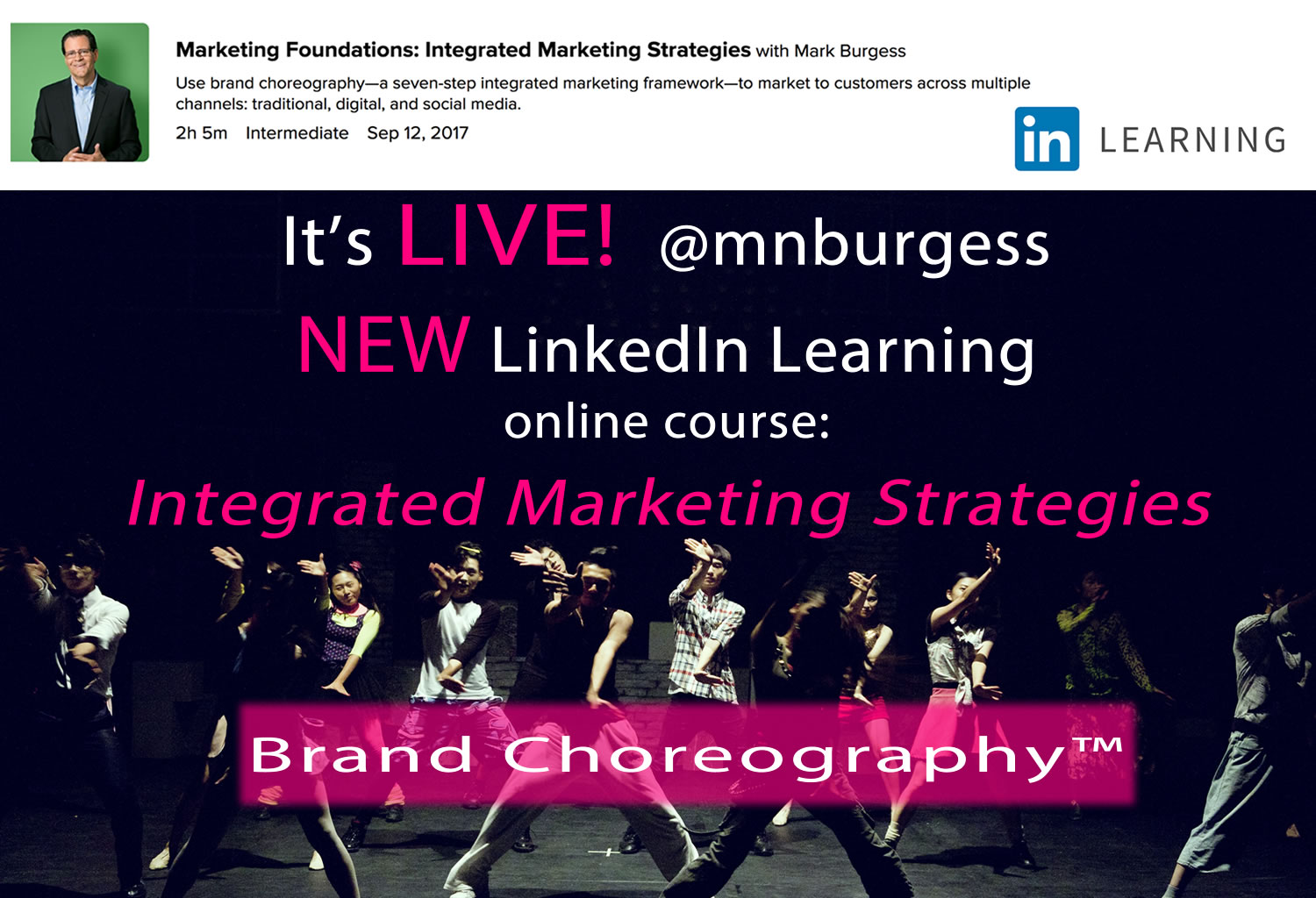


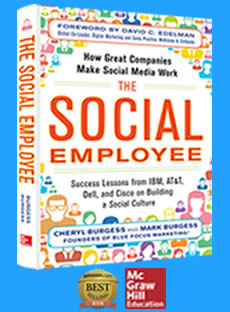

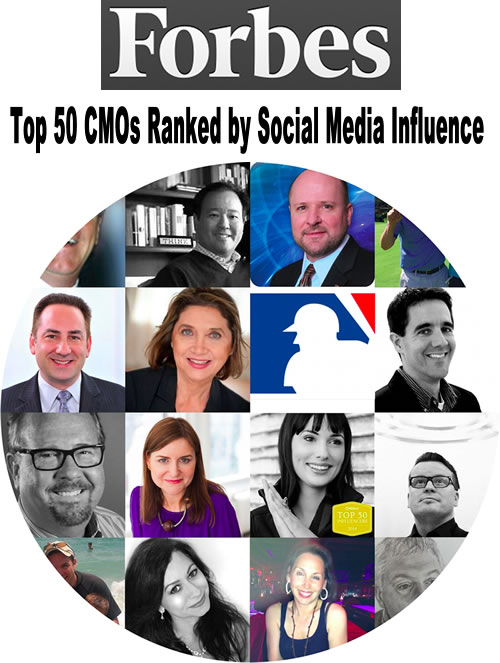
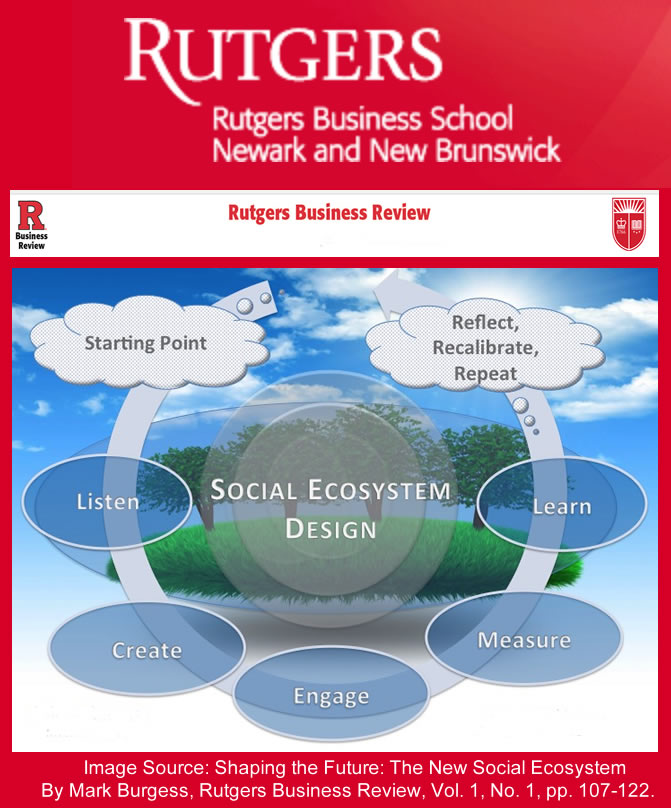
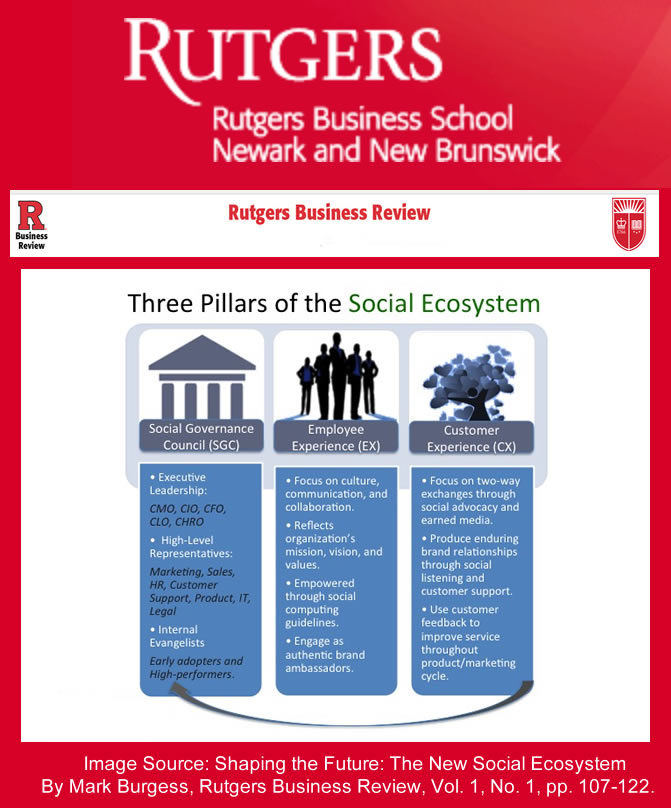

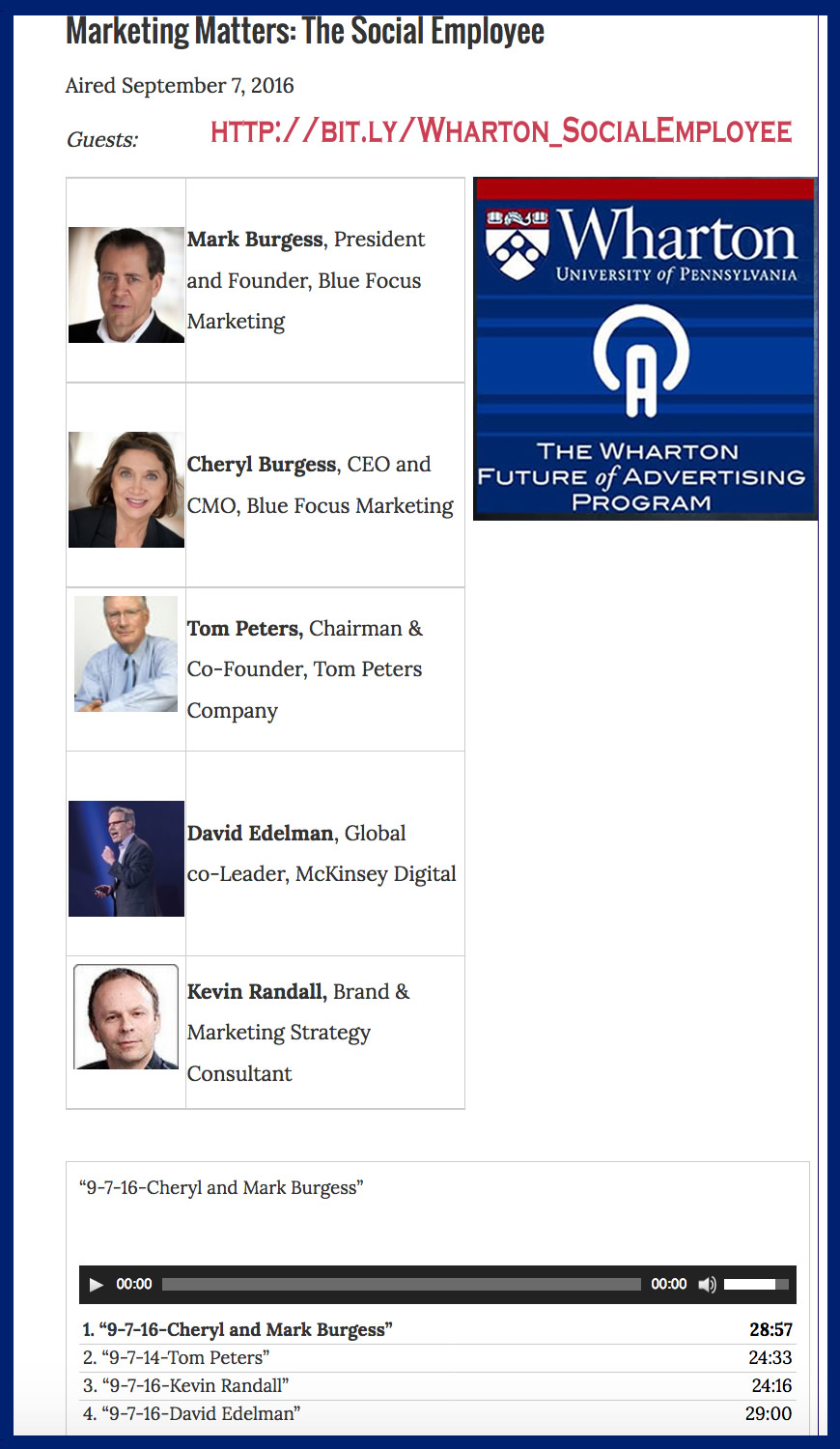


Brian, Thanks for sharing your interview with Epirot and the insights into his creative mind. I couldn’t agree more with Espirot about the creative powers of observation and listening. Great questions often lead to great ideas.
I also agree with you that one of the best examples of Espirot’s creativity is the idea behind his agency’s structure. I share your “love of whiteboards” and look forward to the second part of the interview.
Thanks so much for your kind words, Billy! I’m really glad you enjoyed it. The conversation with Epirot certainly helped open my mind to the levels of creativity that can truly exist in an agency setting, not simply in the work; but, also in the structure and vision on which the agency was founded and adheres. It was fascinating hearing him talk about listening with a creative ear to clients, his colleagues and even the inspiration of his surrounding in the city of New York. Inspiration comes from all facets of the biz. Thanks again, Billy – whiteboards forever!
Brian,
I love the take on listening which at the most basic level is becoming aware of your surroundings.
I am very interested in hearing about how they approach leading an innovative agency. I find that the best at it make a very conscious effort to not lead by managing risk but by leading “intelligent failure” and thus are continually managing “innovative recovery” that is so powerful.
Thanks for the comment, Mike! You make a great point about the nature of innovation in marketing. It seems that the necessary learning curve that exists in innovation should be embraced as early as possible when it pertains to the fundamental structure and direction of the agency itself. I think that idea of an acceptance of learning (“innovative recovery”) versus simply failure is really key in what you said. Innovation is certainly not for the risk-averse! I’m glad you’re looking forward to Part 2, I think it will really illustrate how Epirot is steering his agency with exactly these considerations in mind.